Ensuring Safety: A Comprehensive Guide to Safe Tomato Paste Introduction: Tomato paste is a highly versatile ingredient used in various culinary recipes worldwide. It is a concentrated form of tomatoes made by removing the skin and seeds and cooking the fruit pulp down to a thick, deep-red paste. While tomato paste is a popular and widely used product, ensuring its safety is of utmost importance to protect consumers from potential health risks. This article aims to provide a comprehensive guide to safe tomato paste, highlighting important aspects such as sourcing, processing, packaging, storage, and quality control measures. 1. Sourcing of Tomatoes: The quality and safety of tomato paste start at the sourcing stage. Farms and suppliers should adhere to good agricultural practices, including using safe irrigation water, proper fertilization techniques, and adopting pest and disease management strategies to minimize pesticide residues. 2. Processing Techniques: a. Raw Material Preparation: Upon arrival at the processing facility, tomatoes should undergo thorough sorting, washing, and inspection to remove any damaged or contaminated fruit. This ensures that only high-quality tomatoes are used in the production of tomato paste. b. Extraction: The extraction process involves removing the skin and seeds from the tomatoes. Different methods exist, such as hot break and cold break, each with its own advantages and disadvantages. The chosen method should consider factors such as the desired flavor, color, and texture of the final product. c. Concentration: Following extraction, the tomato pulp is cooked down to reduce its water content and achieve the desired concentration. Care should be taken to ensure the paste does not burn or scorch during this process, as it can impact the flavor and safety of the final product. 3. Packaging and Labeling: a. Material Selection: Choosing appropriate packaging materials is essential to prevent contamination and maintain the quality of tomato paste. Options such as cans, glass jars, and aseptic packaging are commonly used. Each has its own advantages in terms of preserving taste, avoiding chemical reactions, and providing a barrier against oxygen and light. b. Labeling: Accurate and informative labeling is crucial for consumers to make educated choices. Labels should include information such as the product’s ingredients, nutritional value, allergen declarations, storage instructions, and clear expiration dates. Compliance with government regulations and industry standards is essential.
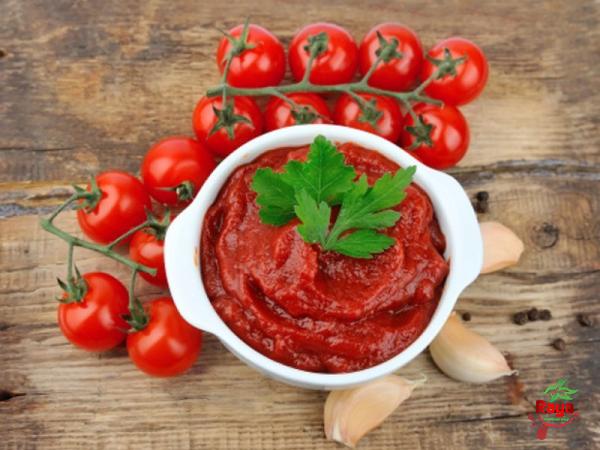
tomato paste
 4. Storage and Shelf Life: Proper storage conditions are essential to maintain the safety and quality of tomato paste. Depending on the packaging type, tomato paste should be stored in a cool, dry place away from direct sunlight. Once opened, it should be refrigerated and consumed within a specified period to avoid spoilage and potential health risks. Consumers should always adhere to guidelines provided on the packaging. 5. Quality Control Measures: a. Testing and Analysis: Regular testing and analysis should be conducted throughout the production process to ensure the safety and quality of tomato paste. Parameters such as pH levels, acidity, microbial content, and pesticide residues should be monitored to meet industry standards and government regulations. b. Hazard Analysis and Critical Control Points (HACCP): Implementing an effective HACCP system allows manufacturers to identify and control potential hazards at critical points in the production process. This comprehensive approach helps prevent the occurrence of foodborne illnesses and ensures the safety of tomato paste. Conclusion: Safe tomato paste is a result of stringent quality control measures, starting from the sourcing of raw materials, through processing, packaging, and storage. Manufacturers need to implement and adhere to industry best practices, regulations, and standards to ensure the safety and quality of their products. Likewise, consumers should be aware of the storage and consumption guidelines provided on packaging labels to minimize any potential risks. By prioritizing safety, manufacturers and consumers can confidently enjoy the culinary benefits of tomato paste.I. The Importance of Safe Tomato Paste in the Food Industry Safe tomato paste is not just a concern for consumers; it is also vital for the reputation and success of businesses in the food industry. Companies that prioritize the safety of their tomato paste demonstrate their commitment to quality and consumer satisfaction. By ensuring the production of safe tomato paste, businesses can protect their brand image, avoid product recalls and legal issues, and build trust with both retailers and consumers. II. Meeting Regulatory Requirements for Safe Tomato Paste The food industry is heavily regulated, and tomato paste manufacturers must comply with various government regulations and standards to ensure the safety of their products. These regulations may include guidelines for hygiene and sanitation, the use of food additives, labeling requirements, and monitoring of pesticide residues. Businesses must stay up-to-date with these regulations and conduct regular audits to maintain compliance. III. Implementing Good Manufacturing Practices (GMPs) Good Manufacturing Practices (GMPs) play a crucial role in ensuring the safety and quality of tomato paste. These practices encompass various protocols and procedures, including proper handling and storage of raw materials, sanitation practices, equipment maintenance, employee hygiene, and training programs. By implementing GMPs, businesses can minimize the risk of contamination and maintain high standards of safety throughout the production process.
4. Storage and Shelf Life: Proper storage conditions are essential to maintain the safety and quality of tomato paste. Depending on the packaging type, tomato paste should be stored in a cool, dry place away from direct sunlight. Once opened, it should be refrigerated and consumed within a specified period to avoid spoilage and potential health risks. Consumers should always adhere to guidelines provided on the packaging. 5. Quality Control Measures: a. Testing and Analysis: Regular testing and analysis should be conducted throughout the production process to ensure the safety and quality of tomato paste. Parameters such as pH levels, acidity, microbial content, and pesticide residues should be monitored to meet industry standards and government regulations. b. Hazard Analysis and Critical Control Points (HACCP): Implementing an effective HACCP system allows manufacturers to identify and control potential hazards at critical points in the production process. This comprehensive approach helps prevent the occurrence of foodborne illnesses and ensures the safety of tomato paste. Conclusion: Safe tomato paste is a result of stringent quality control measures, starting from the sourcing of raw materials, through processing, packaging, and storage. Manufacturers need to implement and adhere to industry best practices, regulations, and standards to ensure the safety and quality of their products. Likewise, consumers should be aware of the storage and consumption guidelines provided on packaging labels to minimize any potential risks. By prioritizing safety, manufacturers and consumers can confidently enjoy the culinary benefits of tomato paste.I. The Importance of Safe Tomato Paste in the Food Industry Safe tomato paste is not just a concern for consumers; it is also vital for the reputation and success of businesses in the food industry. Companies that prioritize the safety of their tomato paste demonstrate their commitment to quality and consumer satisfaction. By ensuring the production of safe tomato paste, businesses can protect their brand image, avoid product recalls and legal issues, and build trust with both retailers and consumers. II. Meeting Regulatory Requirements for Safe Tomato Paste The food industry is heavily regulated, and tomato paste manufacturers must comply with various government regulations and standards to ensure the safety of their products. These regulations may include guidelines for hygiene and sanitation, the use of food additives, labeling requirements, and monitoring of pesticide residues. Businesses must stay up-to-date with these regulations and conduct regular audits to maintain compliance. III. Implementing Good Manufacturing Practices (GMPs) Good Manufacturing Practices (GMPs) play a crucial role in ensuring the safety and quality of tomato paste. These practices encompass various protocols and procedures, including proper handling and storage of raw materials, sanitation practices, equipment maintenance, employee hygiene, and training programs. By implementing GMPs, businesses can minimize the risk of contamination and maintain high standards of safety throughout the production process.
Specifications of tomato paste
 IV. Conducting Supplier Audits and Quality Assurance To ensure the safety of tomato paste, businesses should conduct regular supplier audits to assess and verify the quality and safety practices of their raw material providers. These audits should include an evaluation of the farm or supplier’s food safety management systems, handling and transportation practices, and documentation of their adherence to quality and safety standards. Establishing strong relationships with reputable suppliers can significantly reduce the risk of sourcing contaminated or inferior ingredients. V. Ensuring Traceability and Recall Readiness In the event of a food safety issue, traceability is crucial for quick and efficient recall procedures. Businesses should implement robust traceability systems that allow them to track the journey of raw materials, processing, packaging, and distribution of tomato paste. This enables companies to respond promptly in case of any safety concerns or product recalls, mitigating potential risks and protecting consumer health. VI. Investing in Quality Control Laboratories Quality control laboratories are essential for monitoring the safety and quality of tomato paste throughout the production process. These facilities should be equipped with state-of-the-art testing equipment to analyze factors such as pH levels, acidity, microbial content, and pesticide residues. Regular, comprehensive testing facilitates early detection and prevention of any potential hazards, ensuring the production of safe tomato paste. VII. Training and Educating Employees on Food Safety Effective training programs are crucial for employees involved in tomato paste production. Staff should receive regular training on food safety practices, hygiene standards, proper equipment handling, and GMPs. Businesses should also educate employees on the importance of maintaining a safe and clean working environment and empower them to report any concerns or potential risks that they observe.
IV. Conducting Supplier Audits and Quality Assurance To ensure the safety of tomato paste, businesses should conduct regular supplier audits to assess and verify the quality and safety practices of their raw material providers. These audits should include an evaluation of the farm or supplier’s food safety management systems, handling and transportation practices, and documentation of their adherence to quality and safety standards. Establishing strong relationships with reputable suppliers can significantly reduce the risk of sourcing contaminated or inferior ingredients. V. Ensuring Traceability and Recall Readiness In the event of a food safety issue, traceability is crucial for quick and efficient recall procedures. Businesses should implement robust traceability systems that allow them to track the journey of raw materials, processing, packaging, and distribution of tomato paste. This enables companies to respond promptly in case of any safety concerns or product recalls, mitigating potential risks and protecting consumer health. VI. Investing in Quality Control Laboratories Quality control laboratories are essential for monitoring the safety and quality of tomato paste throughout the production process. These facilities should be equipped with state-of-the-art testing equipment to analyze factors such as pH levels, acidity, microbial content, and pesticide residues. Regular, comprehensive testing facilitates early detection and prevention of any potential hazards, ensuring the production of safe tomato paste. VII. Training and Educating Employees on Food Safety Effective training programs are crucial for employees involved in tomato paste production. Staff should receive regular training on food safety practices, hygiene standards, proper equipment handling, and GMPs. Businesses should also educate employees on the importance of maintaining a safe and clean working environment and empower them to report any concerns or potential risks that they observe.
buy tomato paste
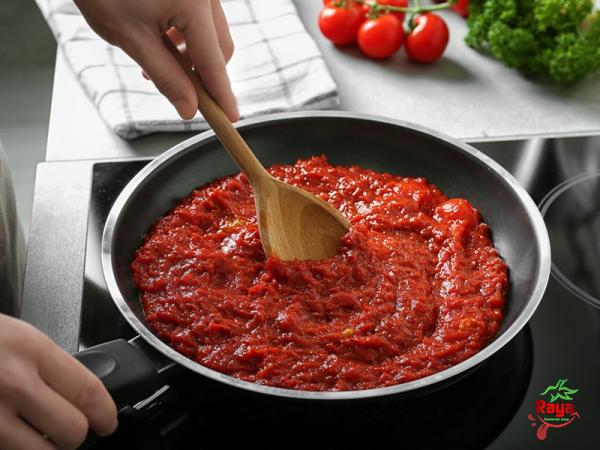 VIII. Implementing a Food Safety Management System Implementing a Food Safety Management System (FSMS) such as Hazard Analysis and Critical Control Points (HACCP) is vital for the production of safe tomato paste. HACCP identifies potential hazards at each step of the production process and implements control measures to prevent their occurrence. This systematic approach to food safety safeguards against foodborne illnesses, ensures compliance with regulations, and builds customer confidence in the product. IX. Continuous Improvement and Adaptation to Industry Trends The food industry is continuously evolving, with new technologies and best practices emerging to improve the safety and quality of products. Businesses in the tomato paste industry must stay proactive and adapt to these trends. This includes incorporating advanced processing technologies, exploring packaging innovations that extend shelf life, and continually enhancing quality control measures based on industry research and feedback from consumers. X. Educating Consumers on Safe Storage and Handling Apart from ensuring the safety of tomato paste during production, manufacturers and retailers should also educate consumers on safe storage and handling practices. Providing clear and concise instructions on packaging labels regarding storage temperature, expiration dates, and proper handling can help prevent contamination and reduce the risk of consumers falling ill due to mishandling of tomato paste. XI. Building Consumer Trust through Transparency Transparency plays a significant role in building consumer trust. Tomato paste manufacturers should provide consumers with access to information about their safety and quality assurance practices. This can be achieved through informative packaging, online platforms, and public communication. By being transparent about their processes and commitment to safety, businesses can establish credibility and foster long-term relationships with consumers. XII. Conclusion Safe tomato paste is a vital component of the food industry, requiring a comprehensive approach to ensure quality and consumer satisfaction. By adhering to strict safety practices, meeting regulatory requirements, investing in quality control measures, and educating consumers, businesses can effectively produce and market safe tomato paste. By prioritizing safety, companies can not only protect their brand reputation and maintain compliance but also build trust with consumers and contribute to a healthier and safer food industry.
VIII. Implementing a Food Safety Management System Implementing a Food Safety Management System (FSMS) such as Hazard Analysis and Critical Control Points (HACCP) is vital for the production of safe tomato paste. HACCP identifies potential hazards at each step of the production process and implements control measures to prevent their occurrence. This systematic approach to food safety safeguards against foodborne illnesses, ensures compliance with regulations, and builds customer confidence in the product. IX. Continuous Improvement and Adaptation to Industry Trends The food industry is continuously evolving, with new technologies and best practices emerging to improve the safety and quality of products. Businesses in the tomato paste industry must stay proactive and adapt to these trends. This includes incorporating advanced processing technologies, exploring packaging innovations that extend shelf life, and continually enhancing quality control measures based on industry research and feedback from consumers. X. Educating Consumers on Safe Storage and Handling Apart from ensuring the safety of tomato paste during production, manufacturers and retailers should also educate consumers on safe storage and handling practices. Providing clear and concise instructions on packaging labels regarding storage temperature, expiration dates, and proper handling can help prevent contamination and reduce the risk of consumers falling ill due to mishandling of tomato paste. XI. Building Consumer Trust through Transparency Transparency plays a significant role in building consumer trust. Tomato paste manufacturers should provide consumers with access to information about their safety and quality assurance practices. This can be achieved through informative packaging, online platforms, and public communication. By being transparent about their processes and commitment to safety, businesses can establish credibility and foster long-term relationships with consumers. XII. Conclusion Safe tomato paste is a vital component of the food industry, requiring a comprehensive approach to ensure quality and consumer satisfaction. By adhering to strict safety practices, meeting regulatory requirements, investing in quality control measures, and educating consumers, businesses can effectively produce and market safe tomato paste. By prioritizing safety, companies can not only protect their brand reputation and maintain compliance but also build trust with consumers and contribute to a healthier and safer food industry.





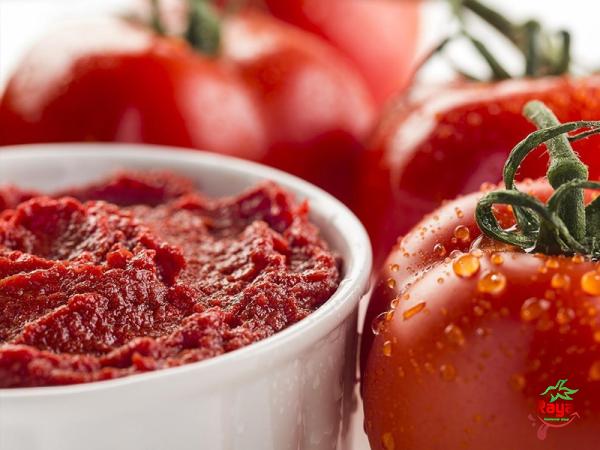
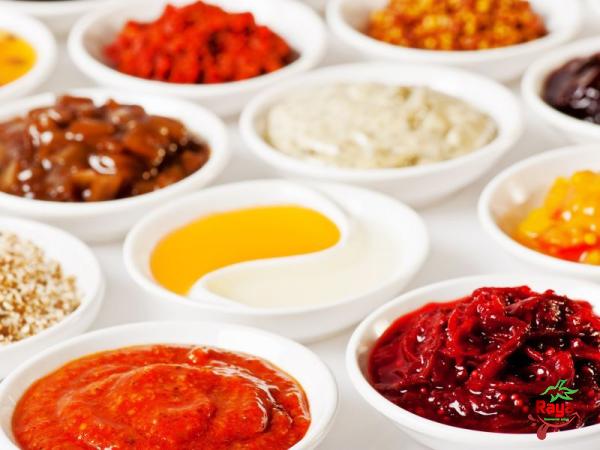

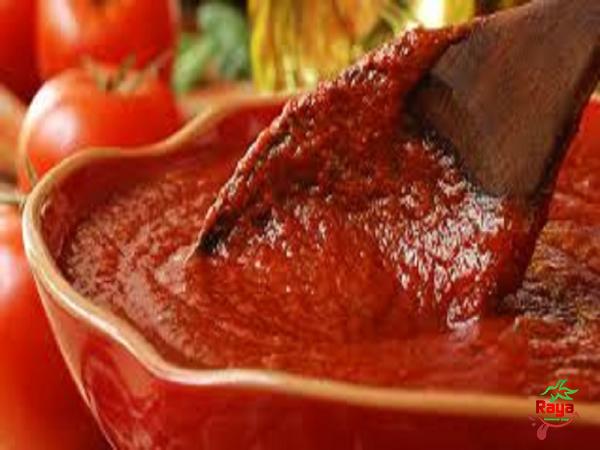
Your comment submitted.